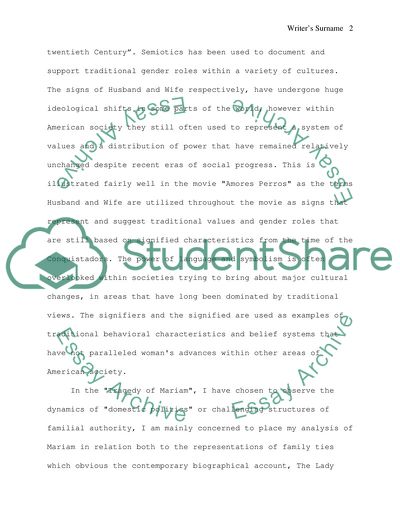Cite this document
(Female Authorship in the Play Tragedy of Mariam Book Report/Review, n.d.)
Female Authorship in the Play Tragedy of Mariam Book Report/Review. Retrieved from https://studentshare.org/gender-sexual-studies/1528245-tragedy-of-mariam
Female Authorship in the Play Tragedy of Mariam Book Report/Review. Retrieved from https://studentshare.org/gender-sexual-studies/1528245-tragedy-of-mariam
(Female Authorship in the Play Tragedy of Mariam Book Report/Review)
Female Authorship in the Play Tragedy of Mariam Book Report/Review. https://studentshare.org/gender-sexual-studies/1528245-tragedy-of-mariam.
Female Authorship in the Play Tragedy of Mariam Book Report/Review. https://studentshare.org/gender-sexual-studies/1528245-tragedy-of-mariam.
“Female Authorship in the Play Tragedy of Mariam Book Report/Review”, n.d. https://studentshare.org/gender-sexual-studies/1528245-tragedy-of-mariam.


